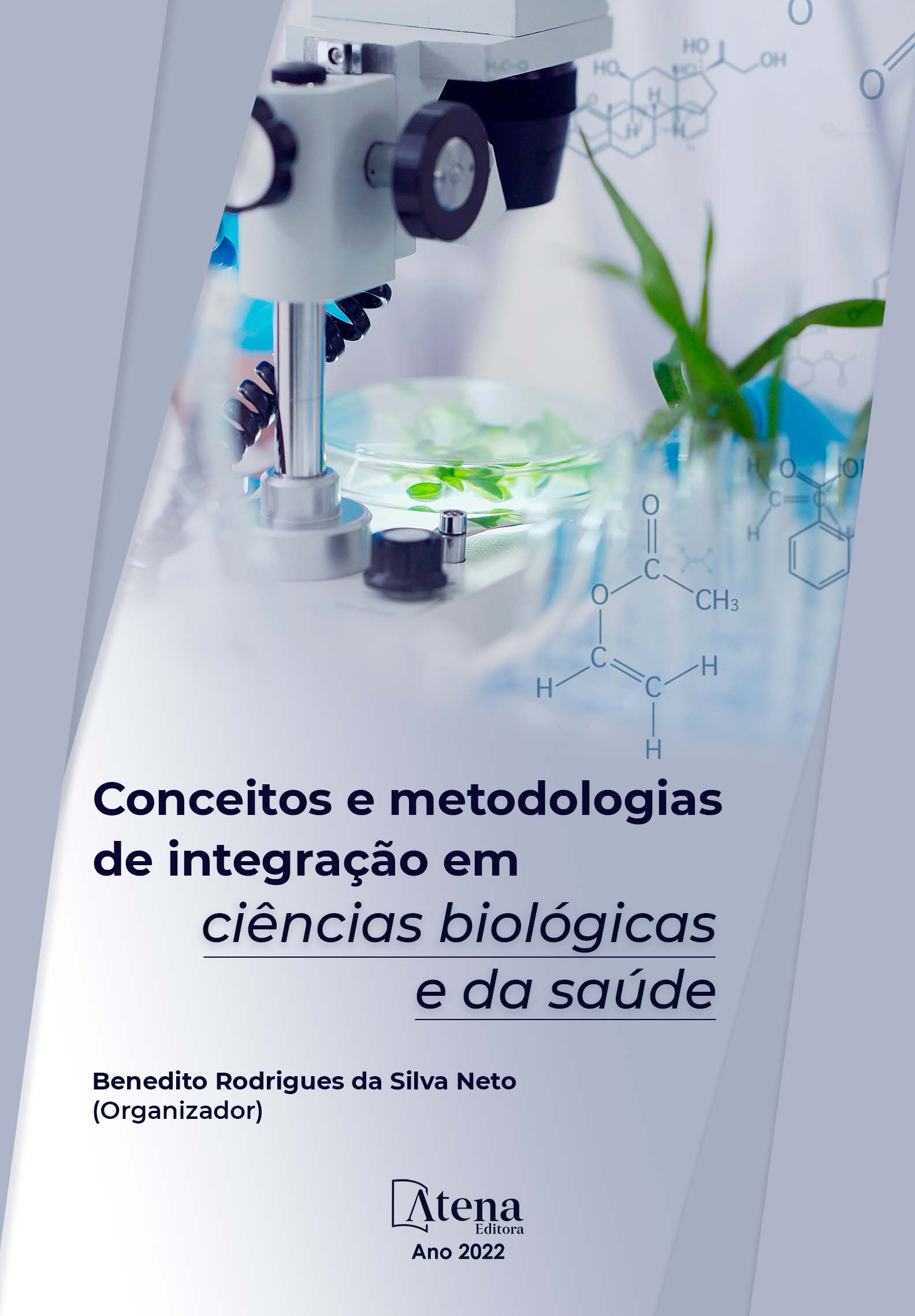
INSETOS PRAGAS ASSOCIADOS À OLIVEIRA, Olea europaea L., EM PLANTIO LOCALIZADO NA REGIÃO NORTE DO PARANÁ.
O conhecimento acerca dos insetos presentes nas áreas de cultivo, que podem causar danos significativos, é indispensável no manejo de pragas. Tendo em vista que são poucos os relatos acerca da entomofauna associada à cultura da oliveira, Olea europaea L., no estado do Paraná, o presente trabalho teve por objetivo verificar a ocorrência de artrópodes pragas em um olival localizado no Município de Mandaguaçú, Estado do Paraná, Brasil. As avaliações consistiram na observação visual das plantas e na instalação de armadilhas adesivas amarelas com o intuito de capturar esses insetos em 10 pontos diferentes da lavoura. Nas avaliações visuais, foram observadas quinzenalmente nove plantas, em quatro variedades de oliveira: Arbequina, Koroneiki, Arbosana e Manzanilha. As coletas, utilizando armadilhas adesivas amarelas, foram feitas em plantas da variedade Arbequina. As amostragens visuais amostraram 7692 indivíduos, distribuídos em 25 famílias. Diaspididae representou a grande maioria das observações, com 4079 (53,03%) dos indivíduos amostrados. Coccidae também foi bem representativa, com 2198 indivíduos (28,58%). Outras famílias apresentaram mais de 100 indivíduos e mais de 1% da diversidade amostrada, são elas: Pentatomidae, com 282 (3,67%), Coreidae, com 264 (3,43%), Otitidae, com 132 (1,72%) e Chrysomelidae, com 130 (1,69%) foram as outras famílias que apresentaram mais de 100 indivíduos, cada uma. O número de indivíduos entre as variedades de oliveira foi um pouco maior em Arbosana e Koroneiki que nas demais. As coletas de insetos praga com armadilhas adesivas amostraram 4546 indivíduos, distribuídos em 42 famílias. Thripidae foi a família mais abundante, com 1907 (41,95%) indivíduos capturados. Outras cinco famílias tiveram representatividade, são elas: Ciccadellidae, com 710 (15,62%) indivíduos, Otitidae, com 485 (10,67%) indivíduos, Aleyrodidae, com 428 (9,41%) indivíduos, Chrysomelidae, com 349 (7,68%) indivíduos e Tephritidae, com 156 (3,43%) indivíduos. Essas cinco famílias, juntas, somaram 85,33% do total de espécimes amostrados.
INSETOS PRAGAS ASSOCIADOS À OLIVEIRA, Olea europaea L., EM PLANTIO LOCALIZADO NA REGIÃO NORTE DO PARANÁ.
-
DOI: 10.22533/at.ed.6222220016
-
Palavras-chave: Amostragem populacional, entomofauna, oliveira, pragas.
-
Keywords: Population sampling, entomofauna, olive tree, pests.
-
Abstract:
Knowledge about insects present in cultivated areas, which can cause significant damage, is essential in pest management. Considering that there are few reports about the entomofauna associated with olive tree culture, Olea europaea L., in the state of Paraná, this study aimed to verify the occurrence of pest arthropods in an olive grove located in the Municipality of Mandaguaçú, State of Parana, Brazil. The evaluations consisted of visual observation of the plants and the installation of yellow adhesive traps in order to capture these insects in 10 different points of the crop. In the visual evaluations, nine plants were observed every two weeks, in four olive tree varieties: Arbequina, Koroneiki, Arbosana and Manzanilha. The collections, using yellow adhesive traps, were carried out on plants of the Arbequina variety. Visual samplings sampled 7692 individuals, distributed in 25 families. Diaspididae represented the vast majority of observations, with 4079 (53.03%) of the individuals sampled. Coccidae was also very representative, with 2198 individuals (28.58%). Other families had more than 100 individuals and more than 1% of the sampled diversity, they are: Pentatomidae, with 282 (3.67%), Coreidae, with 264 (3.43%), Otitidae, with 132 (1.72% ) and Chrysomelidae, with 130 (1.69%) were the other families with more than 100 individuals each. The number of individuals among the olive varieties was a little higher in Arbosana and Koroneiki than in the others. Collections of pest insects with adhesive traps sampled 4546 individuals, distributed in 42 families. Thripidae was the most abundant family, with 1907 (41.95%) individuals captured. Another five families were representative, they are: Ciccadellidae, with 710 (15.62%) individuals, Otitidae, with 485 (10.67%) individuals, Aleyrodidae, with 428 (9.41%) individuals, Chrysomelidae, with 349 (7.68%) individuals and Tephritidae, with 156 (3.43%) individuals. These five families together accounted for 85.33% of the total sampled specimens.
-
Número de páginas: 15
- Renata Maria Bento de Souza
- Gustavo Arana Demitto
- Renilza Rita de Cácia da Silva
- Fernando Alves de Albuquerque


